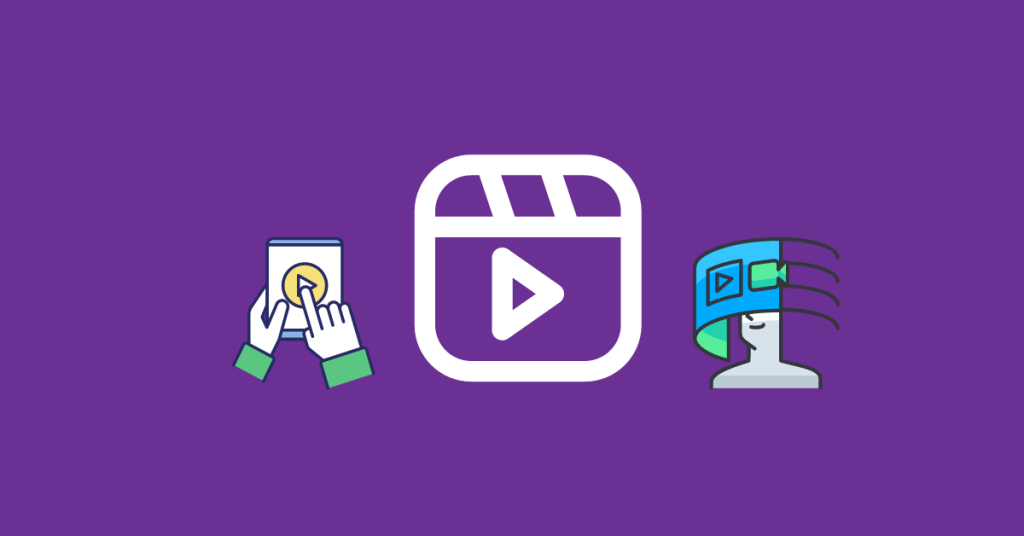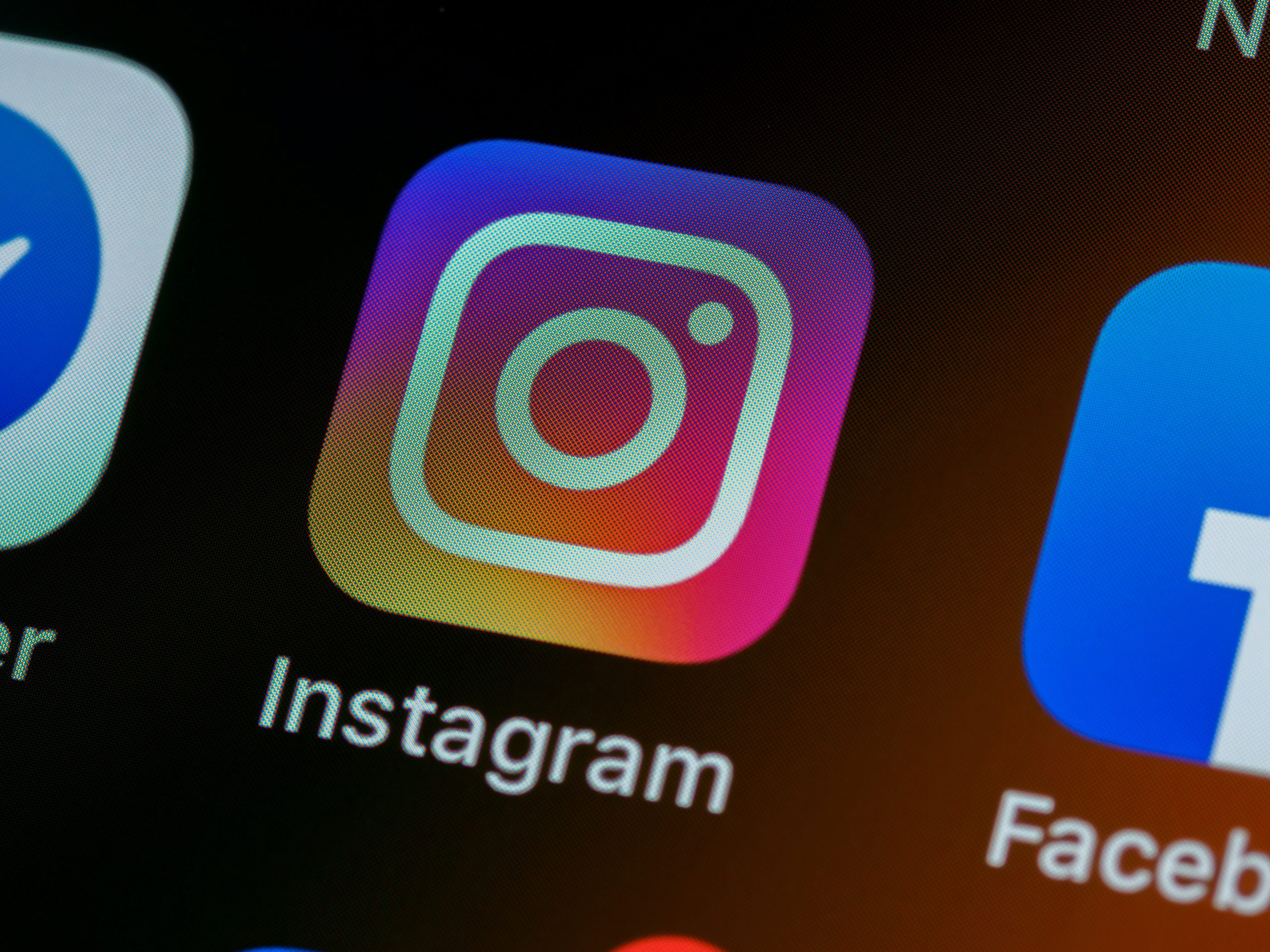Instagram reels are the platform’s latest video format, released in August 2020. Since then, they have completely transformed Instagram, with the majority of its users being unable to recall what the social media platform was like before. Unlike stories that were limited to 15 seconds, reels can be 90 seconds long.
Some see the introduction of reels as the platform’s attempt to try and outcompete TikTok. So far, it has proven to be a huge success. After TikTok was banned in certain regions, Instagram Reels quickly filled the spot in regions like India.
About 91% of active Instagram users watch videos on this platform daily. Even more importantly, it was shown that reels have a 22% higher engagement than their traditional video counterparts. This already makes them indispensable to digital marketers, especially those aiming to increase organic engagement.
With all of this in mind and without further ado, here’s what you need to know about Instagram reels.
How Do Instagram Reels Work?
Simply put, reels are short-form, vertical videos that can be up to 90 seconds long. Reels were originally limited to 15 seconds (similarly to their story counterparts), but this was later revised and extended.
One interesting thing worth keeping in mind is that each TikTok update, aimed at prolonging the maximum length of their videos, was followed by an equivalent update of reels. So, as soon as TikTok extended its video length (to 10 minutes), a video length extension on the side of reels was expected by marketers worldwide. This further goes to reinforce the stories of rivalry between these two platforms.
The biggest advantage (and the appeal) of these reels lies in the fact that they’re easy to edit. This means that both individuals and organizations have an incredibly easy job of displaying their creativity and impressing their audience.
Unlike Instagram stories, reels do not disappear after 24 hours. They remain on your profile until you delete them. Now, it is also possible to share your reels as stories in which case, they will act as a regular story and, unless saved in highlights, disappear.
While they can be shared to their feed and stories, reels have also received their own ‘Reels explore’ page. This alone testifies to their significance for the platform and makes them even more potent as a tool to increase one’s organic visibility in the social media landscape. It is also why, when hiring a virtual assistant or social media manager, it’s paramount that they understand this format thoroughly.
What is the Instagram Reels Play Bonus Program?
The most interesting creator incentive is the Instagram Reels Play Bonus Program, where you get paid directly by the platform for posting reels. Still, qualifying for the program is not easy, and it’s not available in all languages (at least at the moment). Also, the program is only available for a limited amount of time, which is why users have to make an extra effort before this eligibility expires.
Not all reels count toward the bonuses, which is why you have the privilege of choosing the reels before sharing your reel. You don’t have to do this in advance, seeing as how you have a choice to go back and make this selection retroactively for 24 hours. This is unavailable only on the last day of the month, mostly since the platform pays monthly. Since you want to optimize your use of this time, mastering a social media content calendar is a great idea.
Most importantly, not all reels are paid the same, even to the same user. For instance, you may discover that, early on in the program, you’re getting paid more per reel (or even per view) than later on.
You need to understand that this is still a relatively new format, which is why Instagram is closely monitoring its performance. This is what makes the program so valuable and why Instagram is so generous with the bonuses.
Can You Tell Who Saw Your Instagram Reel?
Now, from the standpoint of creator analytics, the biggest downside of Instagram reels is that you cannot see who has viewed them. You can still see who liked and commented on your Instagram reels, but unlike with stories, you cannot see who viewed them. There are two very good reasons for this.
First, while seeing who viewed your story is a great feature for small, private accounts, what about public accounts and those with a massive following? Scrolling through thousands upon thousands of people on the view page can be counterproductive, especially seeing as how stories never got the ‘search’ feature for this. In other words, by actively omitting this feature, the platform is actively discouraging you from searching for the needle in the haystack.
Second, privacy goes both ways. Some people avoided viewing stories in order not to be displayed on the view page. The reasons behind this are numerous, ranging from personal reasons (not wanting to view stories of people they knew) to practical reasons (to avoid being targeted by marketers). Overall, during the design of the reel format, it was concluded that being displayed as viewers discouraged some people from viewing and figured that the lack of this feature will be great for the engagement.
In the end, you still get to see a total number of views, which is a far more important metric than any information about individual views. If anything, the latter can even be seen as a vanity metric or a distraction. The total number of views can help you compare your reels to one another.
What Makes Some Instagram Reels More Successful than Others?
From the creator’s standpoint, the question of what makes reels stand out is more relevant than anything else. For this, you would need a deeper understanding of audience behavior regarding user-generated media. For instance, the very reason why reels are vertical is that, according to surveys, 94% of users hold their phones vertically while watching videos. Moreover, 70% of users dislike turning their phones to watch videos. In other words, some of these “video design flaws” are resolved by the reel format to start with.
Amongst other factors that help your videos get a better engagement, there are:
- Use captions and text
- Find your niche
- Follow the latest trends
- Include between 3 and 5 hashtags
- Actively encourage engagement (use CTA)
Keep in mind that each of these tips has a strong reason behind it. For instance, about 85% of all videos on social media are watched without sound. This is why adding on-screen text can make a video more immersive. If they can’t understand what’s going on without sound, people are likely to just switch to another video (rather than stick around). Keep in mind that with reels, you don’t have a second chance. It’s not like people will save it for later and then revisit it when they’re not in a company (so that they can play the sound).
Utilizing these five steps in every video will make a difference in the performance of your reels. The difference in performance will be transparent right away. While ensuring that you go viral is not necessarily something that you can control, by taking all these steps, you can increase the odds of this happening by quite a margin.
What Makes Reels So Different?
To understand the full potential of Instagram reels, it’s important that you get some insight into some of the most relevant statistics on this topic. For instance, the number of followers seems to have a huge impact on the reach:
- Accounts with less than 5,000 followers have the highest reach rates. Their reach is almost 40%. This further incentivizes brands to reach out to users and try to attract organic UGC (user-generated content).
- Accounts between 5,000 and 10,000 followers have a reach rate of just above 30%, which, although impressive, signifies a significant drop from the previous category. Accounts between 50,000 and 100,000 followers have it the worse, with just below 11% of reach, on average.
- For some reason, the largest accounts (those with more than 100,000 followers) bounce back to have a reach rate of 26.19%. For their following, this is a massive reach, which is what makes them so valuable to brands.
In other words, reels seem to be the most effective for the smallest and the largest of users. This alone is enough to illuminate the platform’s brilliant strategy, seeing as how these two marginal groups are usually neglected (or proportionally underperform) with other formats. From the competitive standpoint, it’s important to stress that roughly 87% of gen Z view reels and TikToks as “basically the same.”
How to Make a Good Instagram Reel?
The production of a quality Instagram reel is much more complex than it appears at first. For starters, you need a scenario, which is why storyboarding your concept is a great start. Since the majority of Instagram creators already belong to a certain niche, the starting parameters are there. If you’re making a promotional video, try to stick to your niche. Hard-pushing a non-related product may damage your brand.
Next, you need to shoot the reel. Sure, the biggest appeal of your reels lies in the fact that they seem non-scripted. However, this is merely an illusion. You need to think about your frame, the backdrop, the light, as well as anything else that may sneak into your reel. The technical aspect of recording it is as easy as it gets. You can either go to the reels tab, use your Instagram home screen, or your Instagram stories camera.
Previewing and editing are the next two steps. Thanks to the innovation in this department, you have so many AR effects to play around with. This ensures that you create more immersive videos but also that you get a closer look at the edit even before it’s finished. The cunning use of text is something that we’ve already mentioned. However, you can also draw, use stickers, apply filters or play around with audio.
Now, when it comes to sharing, there are certain rules of the social media world that you need to abide by. Some days of the week and some time frames simply give you better engagement. When it comes to the reels specifically, there’s not enough data available out there. However, the best time to post on Instagram is common knowledge. You should use this knowledge that you should use to your advantage.
How to Use Instagram Reels Analytics?
Previously, we’ve mentioned a lack of data on the subject matter, and this wasn’t entirely true. You see, you still have access to Instagram Reels Analytics yourself. This means that if you’re motivated enough, you do your research, and if you give it enough thought, you can come to your conclusions.
To get the analytics, you can either go for each reel or go to the Instagram reel insights.
The biggest challenge, however, isn’t accessing the analytics but learning how to tell KPIs apart from vanity metrics. On insights, you can see:
- The number of plays
- The number of accounts reached
- Likes
- Comments
- Saves
- Shares
Each of these can be indicative that you’re either on the right or on the wrong path. Keep in mind that you also have the freedom to customize this dashboard, which gives you a chance to sort your reels by any metric you choose.
For instance, you can check which reels have the most likes, comments, and saves. Then, you can analyze the content of each video and try to figure out which elements contributed to these successful reels. While the methods that we’ve previously mentioned (using captions, etc.) undoubtedly work, when it comes to the content, every niche and audience asks for something different. It’s your job as a creator to figure out your audience and adjust your content to this conclusion.
Even though the latest Instagram reels are not going to be the last new format that Instagram will introduce. The world of social media is highly competitive, and the only way to overcome competition is through innovation. How individual users adjust to this change is, therefore, even more important. Why? Well, because it’s an indicator of how quick and efficient you are at adopting new trends and adapting to them. Here, doing proper research is a good first step.




